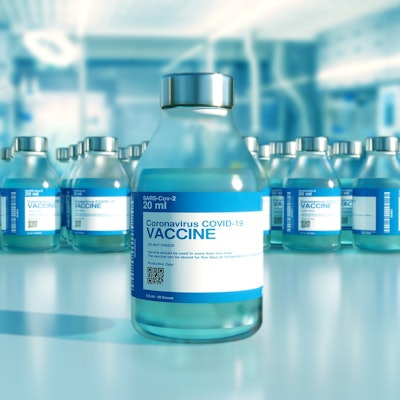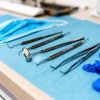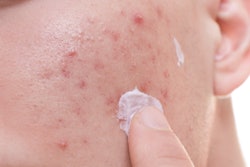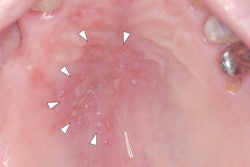
The two COVID-19 vaccines being given to patients in the U.S. and other countries have been linked to orofacial adverse drug reactions such as temporary facial paralysis, according to a brief report published on February 1 in the Journal of Oral Pathology & Medicine.
There are inconsistencies in the descriptions of the oral adverse drug reactions (ADRs) from the messenger RNA (mRNA) Pfizer-BioNTech BNT162b2 and Moderna mRNA-1273 vaccines. But either way, it's important for dentists to know about these adverse effects.
"Dentists' knowledge of these orofacial manifestations will improve recognition, management and reporting of vaccine-related adverse effects," wrote Dr. Nicola Cirillo, PhD, of the Melbourne Dental School at the University of Melbourne in Victoria, Australia.
Despite a clumsy rollout, shortages, and weak public buy-in, 35.2 million vaccinations have been administered in the U.S. as of February 5, according to the U.S. Centers for Disease Control and Prevention (CDC). At least 20 states, including California, Oregon, and Georgia, have given dentists the greenlight to administer COVID-19 injections. These are moves in the right direction, but to stay on the path to beating the novel coronavirus, the public's trust in the vaccines must continue to grow, Cirillo wrote.
To better understand the potential side effects of the vaccines, the researchers accessed public data about vaccinations from regulatory authorities in the U.S., the European Union, and the U.K. Recipient information and healthcare professional fact sheets for the vaccines were searched.
Both vaccines were associated with adverse effects affecting the orofacial region, including acute peripheral facial paralysis (Bell's palsy) and facial swelling, as well as swelling of the lips, face, or tongue due to anaphylaxis. These side effects were rare, occurring in up to 1 out of 1,000 people. Side effects due to severe allergic reactions were reported in data sheets given to patients and healthcare practitioners, Cirillo noted.
However, the acknowledgement of possible complications outside of allergic reactions differed between North America and Europe. Localized orofacial adverse effects, including Bell's palsy, were found in the data but not reported in patient information in the U.S. and Canada. When patients with dermatological fillers were given Moderna's vaccine, facial swelling occurred. That detail was only reported in the product information in the European Union and the U.K.
Temporary one-sided acute peripheral facial paralysis and facial swelling were reported in the product information for both patients and healthcare professionals in the European Union and the U.K. However, these side effects were not included in U.S. and Canada vaccine fact sheets for patients, according to Cirillo.
"We found that both BNT162b2 and mRNA-1273 COVID-19 vaccines are associated with orofacial ADRs and that there is heterogeneity in the description of ADRs worldwide," he wrote.




















